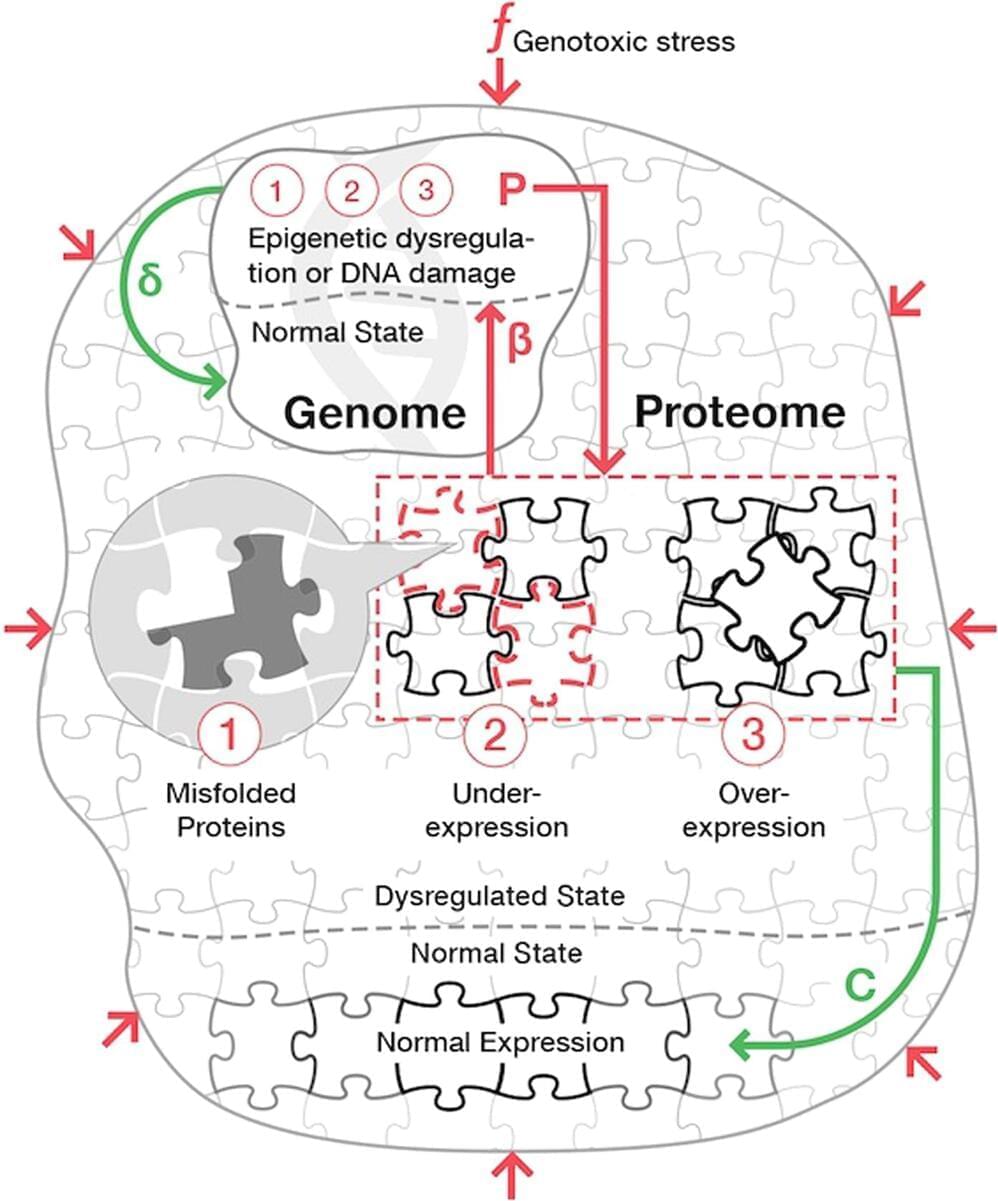The naked mole rat lives much longer than iI’s than other members of its species. Can it’s ability to repair DNA and fold proteins be employed in Humans to extend our lifespan?
Several animal species are considered to exhibit what is called negligible senescence, i.e. they do not show signs of functional decline or any increase of mortality with age. Recent studies in naked mole rat and long-lived sea urchins showed that these species do not alter their gene-expression profiles with age as much as other organisms do. This is consistent with exceptional endurance of naked mole rat tissues to various genotoxic stresses. We conjectured, therefore, that the lifelong transcriptional stability of an organism may be a key determinant of longevity. We analyzed the stability of a simple genetic-network model and found that under most common circumstances, such a gene network is inherently unstable. Over a time it undergoes an exponential accumulation of gene-regulation deviations leading to death.
